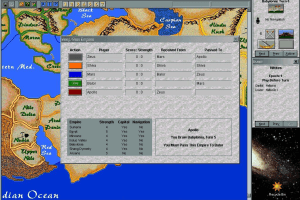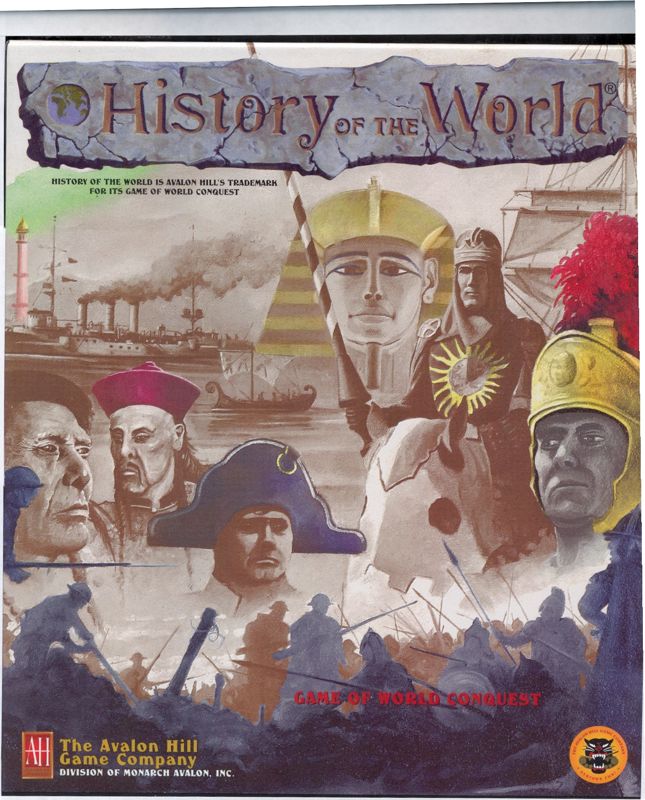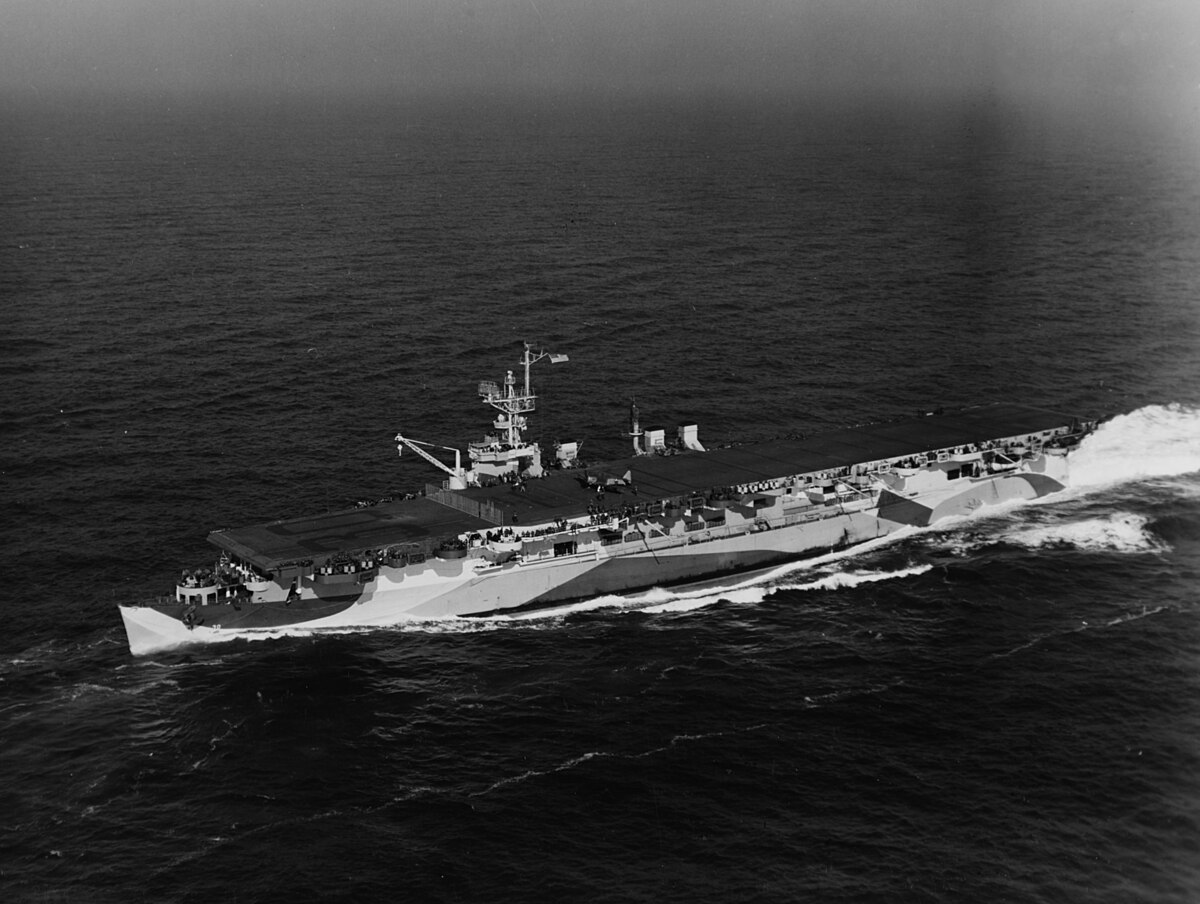Yet, nearly a year and a half before the attack upon Pearl Harbor, the USA/USN had committed to expanding their main attack aircraft carrier~CVA numbers to near three fold.
Not sure what that even means, as there only "CVA" the US even considered building Was the United States class after the war, and none were built,
Before Pearl Harbor, the new carriers under construction was the Wasp, Hornet, and Essex, The Yorktown and Intrepid were laid down the same week. But those were actually the first (and only) ship of her class. The Hornet was the last of the Yorktown class. And the Essex was of course the lead ship in her class.
And the reason why those were built was the Washington Naval Treaty. The oldest 3 carriers (Langley, Lexington, Saratoga) were to be scrapped upon completion or converted to training-test ships. But there was no "threefold" increase, as that would mean an additional 24 fleet carriers. And obviously we never built that many at all.
Not quite sure what you are trying to say here, as the "CVA" was not even a thing then. Some of the Essex class would be redesignated that during the Korean War, but not then. The Midway class would be designated at the very end of the war as a CVB for "Battle", but the first was not put into service until after the war was over.
But what the Navy did start to expand on greatly was the escort carrier. Those were not capitol ships, therefore were largely unregulated by the Washington Naval Treaty. And also until the US actually got into the war, all of those built but 3 were not even used by the US but "loaned" to the UK.
Start with the Lexington and Saratoga, toss in the Ranger and Wasp, plus the Enterprise, Yorktown, and Hornet and we are looking at about 6-7 main CVA decks in inventory about Dec. 1941.
The Langley when war started was off the Philippines, having just delivered a shipment of fighters there.
The Saratoga was just pulling into San Diego after finishing a 9 month long refit and modernization.
The Ranger was enroute back to Norfolk after a patrol of Trinidad and the surrounding waters.
Enterprise was enroute back to Pearl after delivering a shipment of fighters to Wake island.
Yorktown was in Norfolk.
Hornet was still undergoing sea trials off Norfolk.
But those were all designated "CV", not "CVA". And the Langley, Lexington, and Saratoga were all scheduled to be retired as the replacement ships became available if not for the war. Why do you think ever carrier class prior to Essex that survived the war was scrapped or destroyed after the war? One of the most spectacular being the Saratoga, which was part of the Bikini Atoll tests.
Then ...
After the abrogation of disarmament treaties by Japan in 1936, the U.S. took a realistic look at its naval strength. With the
Naval Expansion Act of Congress passed on 17 May 1938, an increase of 40,000 tons in aircraft carriers was authorized. This permitted the building of
Hornet, which was the third
Yorktown-class carrier, and
Essex, which was the
lead ship of a new class.
But they were still going to retire the oldest ones. The US never quite the treaty, and was still following it until war broke out. And reclassifying a ship to test or training was allowed in the Washington Naval Treaty. Heck, a lot of our carriers were only made carriers by that same treaty. It limited the number of battlecruisers, but also allowed the conversion of ships already under construction to become carriers without affecting the treaty. Both Lexington and Saratoga were to have been battlecruisers, but ultimately became carriers.
The US did not actually "build a carrier" until the Ranger in 1931.
CV-9 was to be the prototype of the 27,000-ton (standard displacement) aircraft carrier, considerably larger than
Enterprise, yet smaller than
Saratoga (a
battlecruiser converted to a carrier). The Navy ordered the first three of the new design,
CV-9,
CV-10 and
CV-11, from
Newport News Shipbuilding & Drydock on 3 July 1940. These were to become known as
Essex-class carriers.
[4] Under the terms of the
Two-Ocean Navy Act, ten more of these carriers were programmed. Eight were ordered on 9 September, CV-12 through −15 from Newport News, and CV-16 through −19 from
Bethlehem Steel's
Fore River Shipyard; the last two,
CV-20 and
CV-21, were ordered eight days after
Pearl Harbor from the
Brooklyn Navy Yard and Newport News respectively.
Because the US had yet to really get serious about carriers prior to that. They were building single ship classes and converting other ships. And it was an improvement over the one-off Wasp class.
...
That's @ 3 + 8 = 11(+) CV decks (Essex Class) on order prior to Pearl Harbor attack which would put the USA/USN up to about 17~18 CVs~Carriers within a few years. More on the line to come.

en.wikipedia.org
Once again, if not for the war as the Essex ships entered service the older ones would have all been retired or sold off to other nations. Other than a few that would have been used for training or testing, such as the conversion of one or two to seaplane tenders (which under the WNT were not "carriers").
Just because the US was building new carriers, that is not the same as increasing their fleet. The plan was the same with the Iowa class. Which were designed and built as replacements for some of the Pre-WWI battleships still in service.
~~~~~~~~~~~~~~
Then comes another @9 of the CVL - Independence class, just under a full CV size but much larger than your escort carriers.

en.wikipedia.org
~~~~~~~~~~~~~~
Suggests that about 1944, less any losses in combat, the USA/USN would be fielding about 30 +/- main deck aircraft carriers in form of CVA and CVL and then scores of Escort Carriers as well. !!!
Would look like the USA/USN were on to the future of Naval Warfare being aircraft carrier based a bit before the attack at Pearl Harbor underscored such and way ahead of what the Japanese/IJN had in mind.
One could say Japan had lost even before the war began.
You do not seem to realize that as those newer ships came into service, older ones would have been scrapped or sold if not for the war. Most of those were replacing post-WWI era ships. And of the carriers in service at that time, there were 8 ships of 5 different classes. with the Essex class, it was hoped that all of the old carriers could be gotten rid of, and the Navy could then work with a single unified class of ships. Which if not for the war was planned by around 1948.
But even that was still undergoing change, as by 1943 all Essex ships under construction were changed to the "Long Hull" version. After the war the Short Hull ships were converted to other duties, like anti-submarine, amphibious, training, and transport carriers. By the end of WWII they were already "obsolete".



/pic287451.jpg)



/pic24006.jpg)


